





 |
 |
 |
 |
 |
 |
| Simon Blears | profile | all galleries >> Galleries >> Remembrance Day - Nov 11th, 2005 | tree view | thumbnails | slideshow |
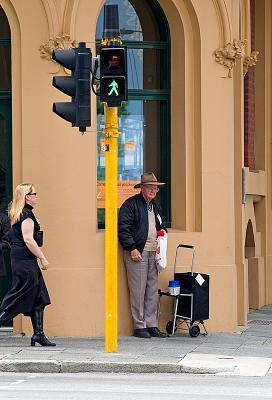 Edited_MG_4096.jpg |
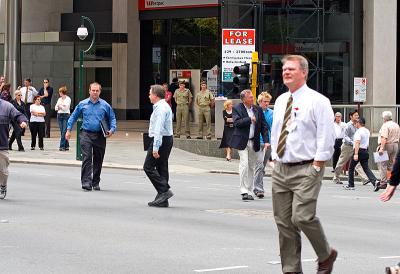 Edited_MG_4104.jpg |
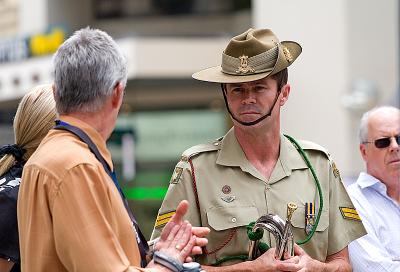 Edited_MG_4106.jpg |
 Edited_MG_4111.jpg |
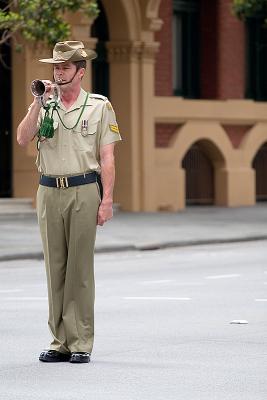 Edited_MG_4117.jpg |
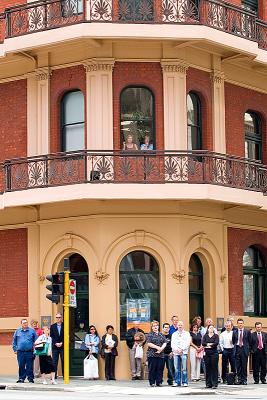 Edited_MG_4118.jpg |
 Edited_MG_4119.jpg |
Remembrance Day Pano_edited.jpg |
| comment | share |